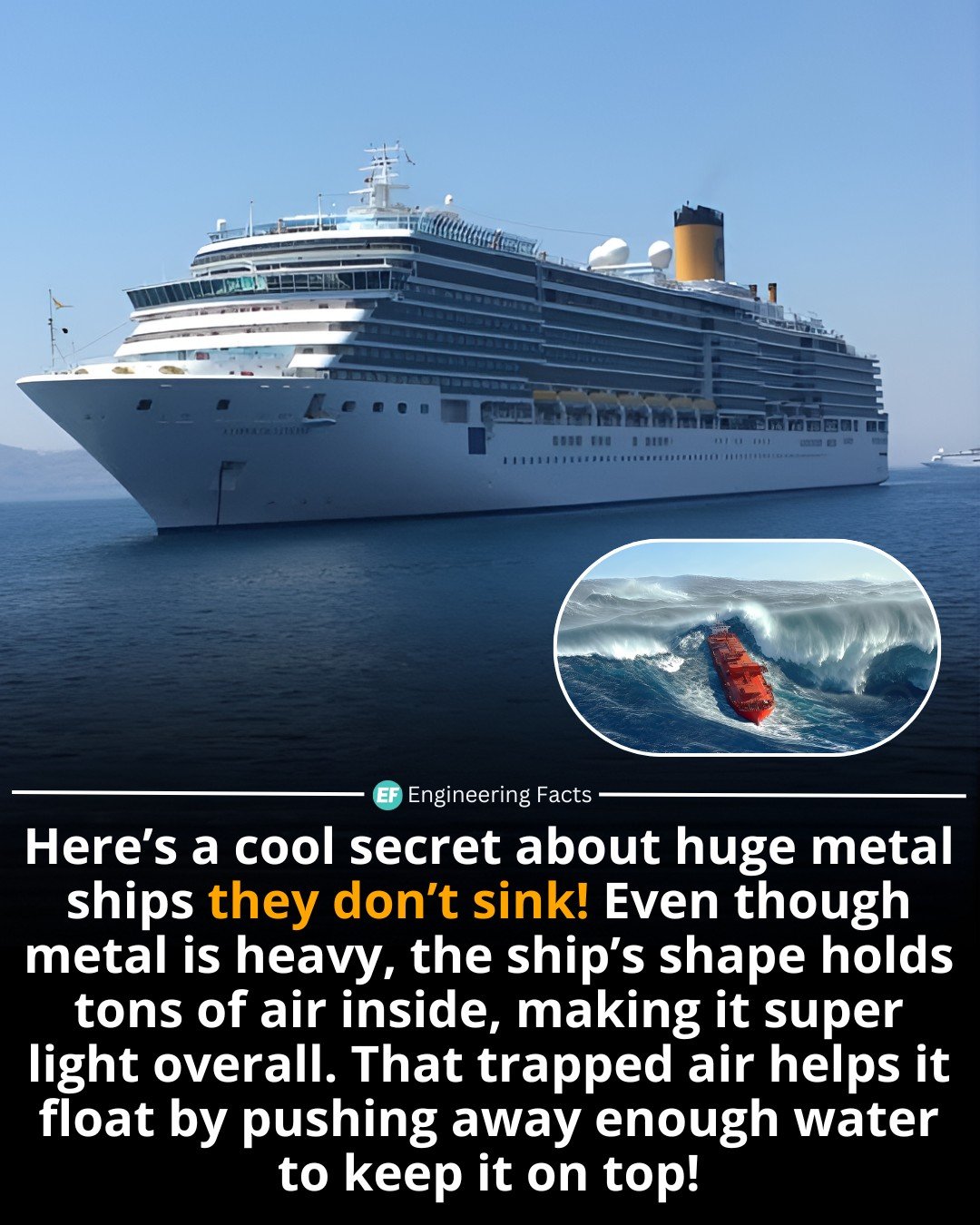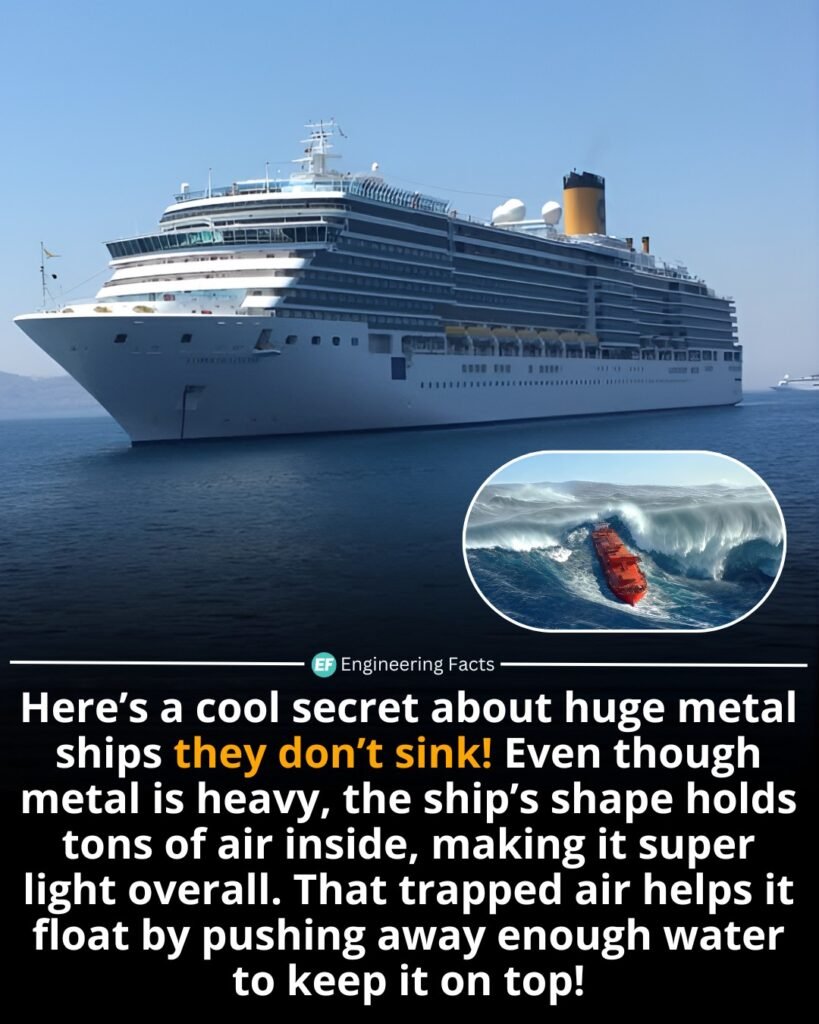[ad_1]
It’s all thanks to Archimedes’ Principle: when a ship displaces a volume of water that weighs more than the ship itself (including cargo), it floats. Even though steel is denser than water, the overall density of a ship—including its hollow compartments—is low enough to stay afloat.
That’s why shipbuilders design hulls with wide bases and internal air-filled sections. These structures maximize buoyancy while balancing immense weight. It’s physics that keeps megaships like cruise liners and aircraft carriers gliding effortlessly on water.
,Buoyancy ,EngineeringFacts ,ArchimedesPrinciple ,WhyShipsFloat ,PhysicsInRealLife
Stay Connected with NewsRT:
For the latest headlines and urgent updates, visit our Breaking News section. If you want to stay informed about global affairs, our World News page brings you top stories from around the world.
For entertainment lovers, check out our Entertainment category to catch up on celebrity news, movies, and trending shows. Sports fans can follow live scores and in-depth match reports in our dedicated Sports section.
Stay on top of your health with expert insights and wellness tips on our Health page. For the latest financial updates, market trends, and stock analyses, visit our Stock Market section.
Don’t forget to explore our homepage for more top stories, exclusive reports, and real-time news updates curated for you.
